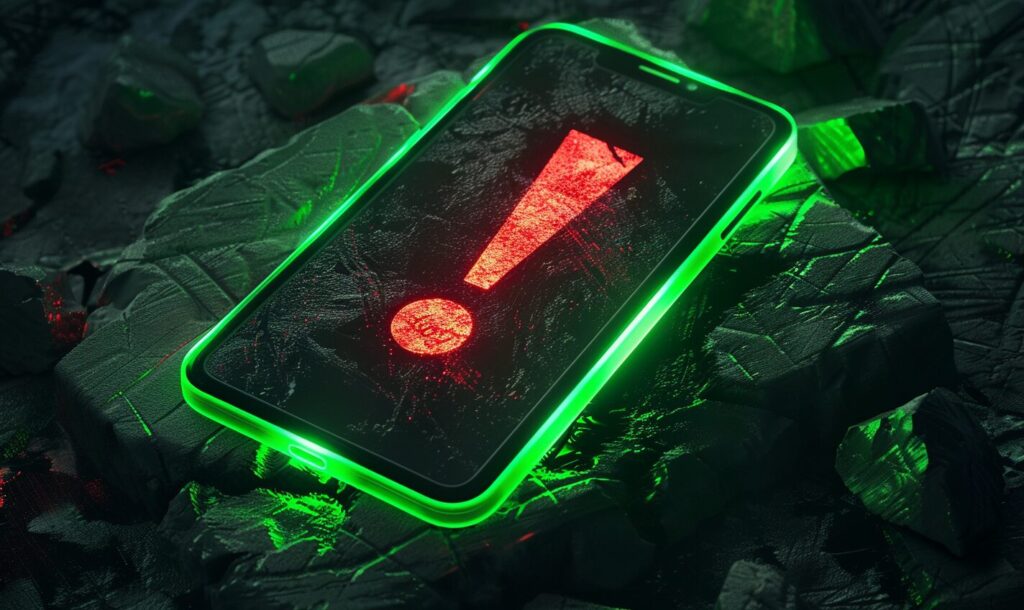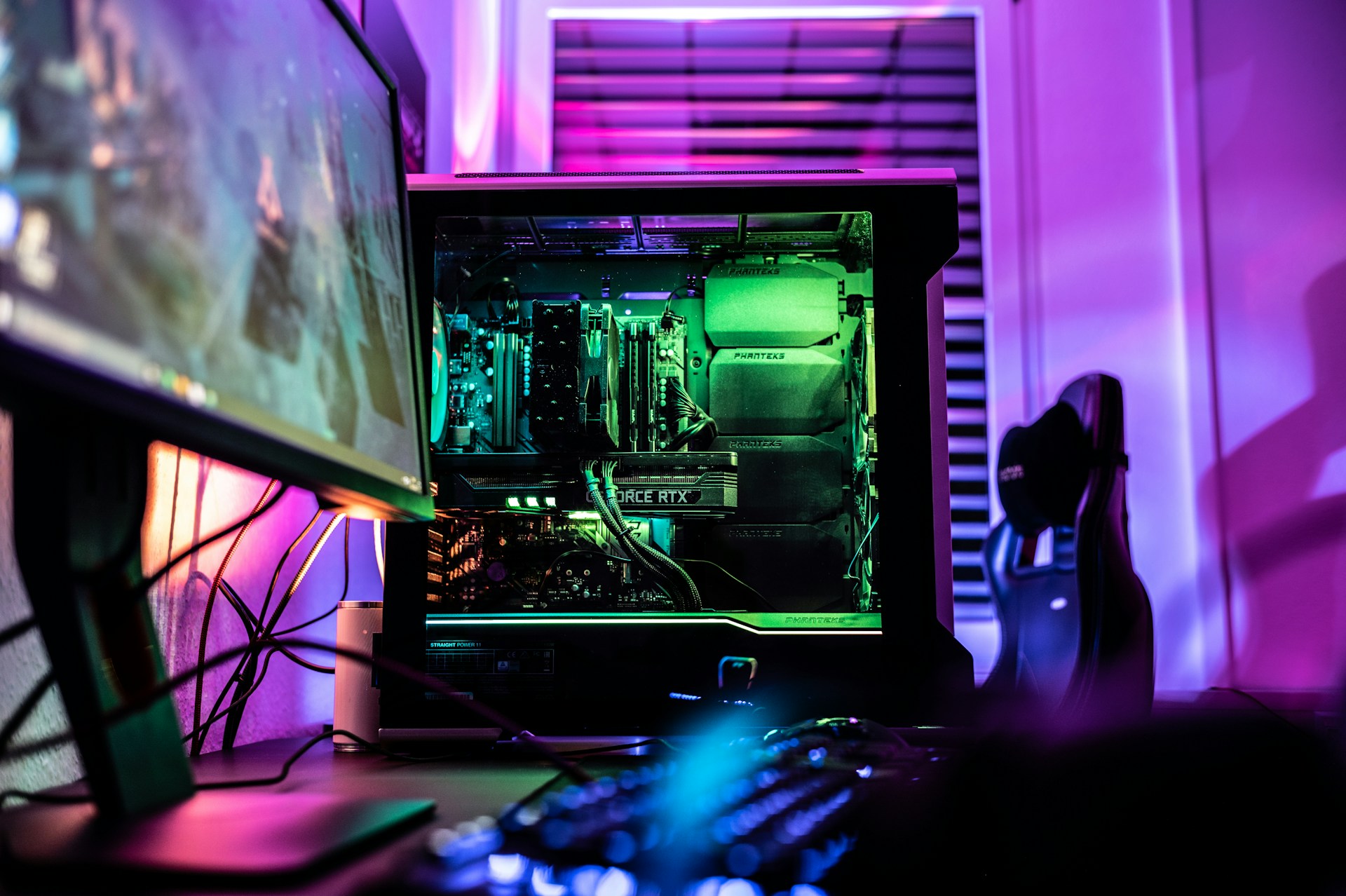Is 5G better than LTE? 5G is the latest fast wireless tech, outpacing LTE. It started in the early 2010s, using advanced tech for faster speeds and lower delays. As tech advances, quick and reliable wireless connections become more essential in people’s daily lives, from work-from-home scenarios to streaming.
Understanding 5G and LTE
To grasp 5G and LTE, consider them different generations of wireless tech. Exploring their differences helps you understand how wireless connectivity has evolved and impacts people’s daily lives.
What is 5G?
5G (Fifth Generation), the latest wireless tech, offers faster speeds and quicker responses than LTE. It achieves this by using higher-frequency millimeter waves and deploying smaller cell networks. Small cells are tiny cell towers spaced 250 meters apart in cities and areas that need coverage.
These improvements mean you can download, stream and interact online more smoothly. Using millimeter waves and small cells also reduces latency, making activities like gaming and video calls more responsive. Fifth Generation enhances your wireless experience by boosting speed and efficiency through innovative technologies.
What is LTE?
LTEor Long-Term Evolution, is a wireless communication technology that preceded 5G. It’s designed to provide faster and more efficient data transfer than its predecessor, 3G.
LTE technology utilizes macrocell networks, employing large cell towers to transmit signals over longer distances. While LTE offers faster speeds and improved performance compared to 3G, it generally has lower data transfer and higher latency compared to 5G.
Unlike Fifth Generation, LTE doesn’t employ millimeter waves but instead relies on a lower-frequency spectrum. This can result in slower data speeds and slightly higher latency, meaning more delay in data transmission. Despite these limitations, LTE has played a vital role in enhancing wireless connectivity and paving the way for developing more advanced technologies like 5G.
Comparison of 5G and LTE
Is 5G better than LTE? Well, 5G is faster than LTE because it uses advanced tech like millimeter waves and small cell networks. In the best conditions, 5G can be about 200 times faster than LTE, reaching speeds up to 20 Gbps. This means quicker downloads and smoother streaming.
It also responds faster in activities like gaming. LTE, though improved, has lower data transfer rates than 5G.
Regarding networks, it’s great for crowded areas with small cell networks, handling lots of devices simultaneously. With its macro cell networks, LTE provides reliable coverage but might need help in densely populated places.
For spectrum bands, it cover a broader range, including higher-frequency millimeter waves, allowing faster data transmission. LTE uses lower frequencies, offering good coverage but less high speeds than 5G.
Advantages of 5G Over LTE
5G is speedier, more responsive and handles crowded areas better. However, LTE is still reliable, especially in terms of coverage.
So, if you’re asking “Is 5G better than LTE?” Choosing between them depends on specific needs and locations.
Enhanced Speed and Capacity
5G is faster than LTE, making downloads and uploads quicker. In the United States, Wi-Fi speeds are usually around 60 Mbps, while 5G can go over 200 Mbps. This speed comes from using advanced tech. Plus, it has more capacity, handling lots of devices at once.
This means a smoother user experience, even in busy areas or during busy times. Overall, 5G’s speed and capacity improvements cater to the growing need for fast and reliable internet in today’s digital world.
Reduced Latency and Improved Responsiveness
Latency in wireless communication is the time data takes to travel between devices. It’s crucial because it affects how fast devices respond to commands, influencing overall network responsiveness.
5G is better at reducing latency compared to LTE. It has very low latency as fast as 1 millisecond (ms) while LTE can be as low as 35 ms. It achieves quicker data transmission, improving overall responsiveness.
Low latency is essential for various applications. In gaming, quick response times are necessary for a smooth experience. Autonomous vehicles rely on low latency for instant decision-making, enhancing safety.
Edge Computing and Network Slicing
Edge computing means processing data closer to where it’s created, which helps with quick decisions in real-time applications like autonomous vehicles. 5G makes edge computing work well by being fast and efficient. It processes data quickly at the network’s edge — crucial for applications like augmented reality or remote medical procedures.
Network slicing is a 5G feature that customizes network resources for different uses. It creates virtualized “slices” of the network, tailored for diverse services like IoT or gaming, ensuring they get the speed and reliability needed.
In short, its speed and customization options support edge computing and make different applications work better in real-time.
Massive IoT Connectivity
The Internet of Things (IoT) connects everyday devices to the Internet, letting them share data. In smart homes, it helps devices like thermostats communicate for better automation. In smart cities, it aids traffic management — in industries, it improves equipment monitoring.
5G is a big deal for IoT because it smoothly handles many connected devices. It can handle a million devices in one square kilometer. In comparison, LTE supports up to 100,000 devices in the same area.
5G’s small cell networks and increased capacity ensure a reliable connection for numerous IoT devices. This is crucial as the number of these devices keeps growing.
Though LTE supports IoT, 5G outperforms it. Its faster data transfer and lower latency mean quicker and more responsive communication for IoT devices. With its increased network capacity, it can handle a more extensive deployment of IoT devices without compromising performance.
Potential for Transformative Technologies
5G can change health care, transportation and entertainment by making emerging technologies work better. Its high speed and low-latency features open up new possibilities across different areas, such as:
- Digital experience: Exploring augmented reality (AR) and virtual reality (VR) shows how 5G can improve them. Its high speeds and low delay improve digital content experiences.
- Health care: It can make a big difference in health care. It makes communication faster and more reliable for remote patient monitoring and telemedicine. Its quick data transfer improves health care quality and opens up possibilities for advanced medical applications.
- Transportation: It can improve with 5G, especially for self-driving cars and smart traffic management. Its speed and capacity support quick decisions for self-driving cars, making transportation safer. Innovative traffic systems using it can also improve traffic flow and reduce congestion.
- Entertainment: 5G can make entertainment experiences even better. Faster speeds and less delay mean streaming high-quality content, gaming and interactive experiences become more enjoyable. This could change how people are entertained.
Is 5G Better Than LTE?
So, is 5G better than LTE? While LTE is still reliable, especially in less developed areas, it stands out for high-speed, low-latency connectivity. As technology advances, 5G is expected to transform people’s communication, offering improved performance and unlocking new possibilities in various industries and everyday experiences.
Recent Stories
Follow Us On
Get the latest tech stories and news in seconds!
Sign up for our newsletter below to receive updates about technology trends














